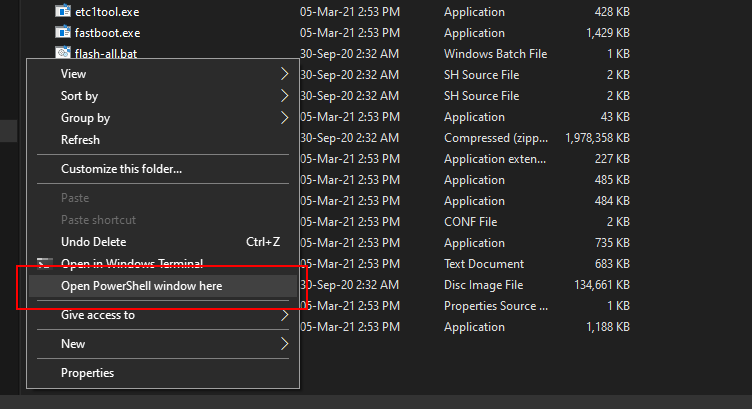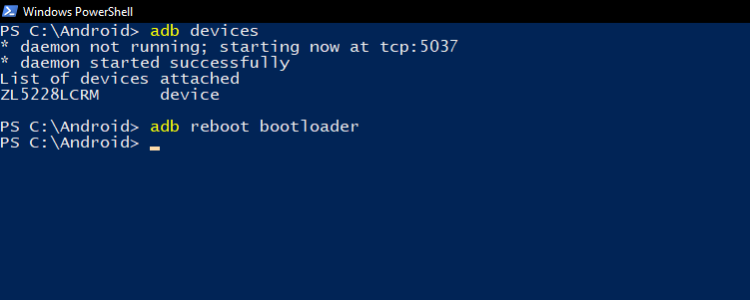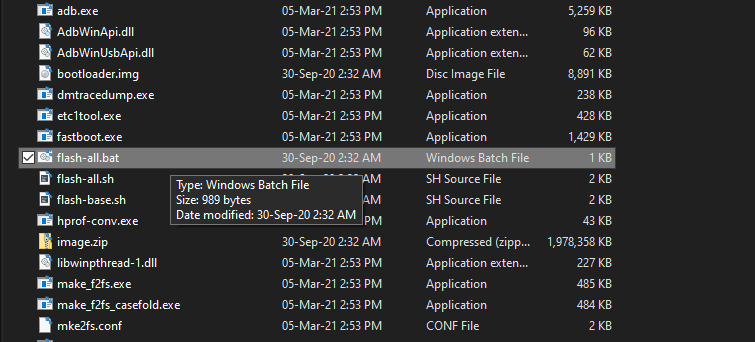Generally, it's always best to keep your devices up to date. But unfortunately, updates can sometimes break software, change features in unwanted ways, or bring bugs with them that the manufacturer may not fix.
Switching back to a previous version of Android is generally not recommended, but it isn't impossible. Here's how you can do it.
Before Downgrading Your Device
Downgrading isn't a process that is officially supported by manufacturers. It isn't easy to do, it may void your warranty, and you could potentially brick your device. You should not try this unless you've got experience modifying your device's software.
Whether you can downgrade your device at all will depend on if you can unlock the bootloader. Devices from Google or OnePlus can be easily unlocked, while those from Huawei, Samsung, or Nokia may be difficult or outright impossible to unlock.
You'll have to research your own device, especially if you bought it from a carrier. Some carriers require you to get an unlock token from them first, or don't allow bootloader unlocking at all.
Unlocking the bootloader will wipe your internal storage. Make sure to back up all of your data before you begin!
Things You’ll Need Before You Can Downgrade
Once you've backed up all of your data, you'll need to download an Android factory image of the version you want to go back to, and it has to be specifically designed for your device.
Google provides Pixel users with a list of factory images. For other phone manufacturers, you'll have to find an official factory image for your device. If you cannot find them on the manufacturer's website, a great place to look for them is on the XDA Developers forums.
You'll also need to download and install the Android SDK in order to use the ADB and fastboot tools. Check out our guide to ADB and fastboot to familiarize yourself with these.
Lastly, you'll need to connect your phone to your PC via USB, so make sure to use the original USB cable. If you don't have the original, use a high quality cable instead.
How to Downgrade Your Android Phone
We're using a Pixel phone to demonstrate. The process should work on most phones that can be downgraded, but every device is different. Some follow a different set of instructions, or require different tools.
Check if this is the case for your device before you proceed. The XDA Developers forums we mentioned are a good place to look for this information.
Step 1: Enable USB Debugging
The first thing you need to do is turn on Developer options on your phone by going into Settings, finding the About phone section, and then tapping the Build number until you get a message that says "You are now a developer!".
Next, go into Developer options and enable USB debugging and OEM unlocking.
Step 2: Connect Your Phone to Your Computer
Connect your phone to your PC with a USB cable.
On your PC, navigate to the folder where the Android SDK is saved, and put the Android factory image you downloaded there. Factory images usually come in ZIP files that contain IMG files; unzip the factory image right there on the Android SDK folder.
Now, while still in the Android SDK folder, hold Shift then right click inside the window, and then select Open PowerShell window here.

In the PowerShell window that opens, type adb devices to check if your phone is being detected. If it is, you should see its serial number listed. If not, try using a different USB cable.
Now you have to boot your device into fastboot mode. To do this, type adb reboot bootloader in PowerShell.

Step 3: Unlock the Bootloader
Once your device is in fastboot mode, we'll unlock the bootloader.
Depending on your device, type fastboot oem unlock, and if this doesn't work, type fastboot flashing unlock instead. If everything goes well you should see a confirmation on your device that the bootloader is now unlocked.
Step 4: Install the Older Version of Android
Some manufacturers will include a "flash-all" script as part of the downloaded factory image that will automatically flash everything for you. If this is the case, the script should be in the Android SDK folder, along with the IMG files you extracted.
Double click on the flash-all.bat script. A box should pop up showing you the flashing process as it happens. DO NOT unplug your phone during this process!

If you don't see a flash-all script, then you'll have to manually flash everything. To do this, type the following commands in order:
fastboot flash bootloader [bootloader file name].imgfastboot reboot-bootloaderfastboot flash radio [radio file name].imgfastboot reboot-bootloaderfastboot flash -w update [image file name].zipYour phone should now restart. If everything went well, you should now be running a downgraded version of Android. You'll need to set your phone up again from scratch.
If you encounter any problems, take a look at our troubleshooting guide for the steps to solve them.
Alternatives to Downgrading You Should Consider
Since unlocking the bootloader of your device involves wiping all of your data, you might want to consider doing a factory reset instead.
It's a lot less complicated and risky than downgrading, and it's likely that any bugs or performance issues you may have encountered would disappear after a factory reset. Plus, you can still enjoy all the features of a new Android version.
If you're dead set on downgrading to an older version of Android though, you could try installing a custom ROM. Custom ROMs often come with improvements over the official software of your device, and developers sometimes keep older versions updated with security fixes.
It's an alternative worth checking out if your phone's manufacturer doesn't provide you with images of older Android software.
Going Back to the Past by Downgrading
While usually a factory reset should be enough to make any problems go away, if the only option you have is to go back to an older version, now you know how to do it.
Remember that the method we explain may not work with your device. This process always carries the risk of bricking your phone, so back up all of your data!
Image Credit: MockuPhone/mockuphone.com